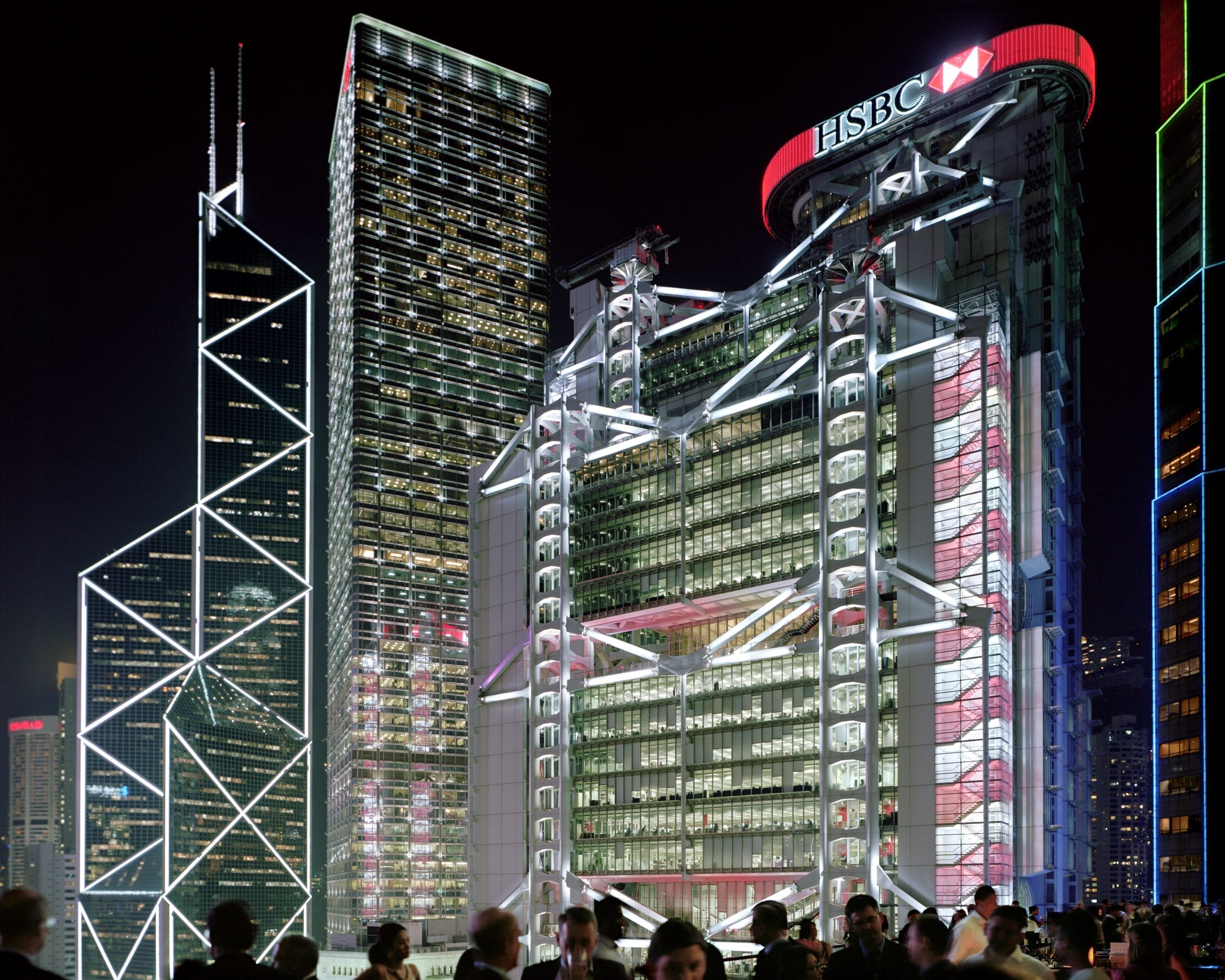The global financial crisis has led to unprecedented scrutiny of financial institutions and the individuals and companies that use them. Tax avoidance – the legal exploitation of loopholes a tax system to minimise an individual or company’s tax liability – has been a particularly contentious issue, with a growing number of voices arguing that while such behaviour might be legally permissible, it is morally indefensible.
This issue provides the inspiration for Gabriele Galimberti and Paolo Wood’s The Heavens, Annual Report, which is currently on display at the Les Rencontres d’Arles Festival in the south of France.
Woods explains that the idea for the project emerged during a period of time he spent living in Haiti, one of poorest parts of the Americas. During a visit from Galimberti, the two photographers became conscious of the stark contrast between Haiti and the Cayman islands, which lay only an hour away from Haiti but which was by contrast incredibly wealthy due to its tax haven status.
Travelling from the Cayman Islands to the City of London, from Panama to Hong Kong, the duo subsequently produced a complex series of photographs which seek to encapsulate some of the many facets of contemporary tax avoidance.

Galimberti and Wood’s photographs take viewers from the plush hotels of the super-rich, to the claustrophobic ‘cage-homes’ of low earning Hong Kong workers. They reveal a secure vault in the legal no-man’s land of Singapore’s international airport, and record the office blocks and mail boxes in low tax centres like Delaware, where thousands of companies register to avoid paying tax elsewhere.
Gaining access to these locations often proved extremely difficult and, as Woods explains, a massive part of the project was preparation and research. For every ‘one company or person who does answer an e-mail or pick up the phone there are dozens that don’t.’
Part of the temptation of collaborating with another photographer might be the sense that this would lighten or divide the workload of a major project, but for almost all the photographs in the series the pair travelled and photographed together. Woods says that looking back he would be hard pressed to remember who pushed the shutter release on a given photograph. ‘We work with one single camera … We build up to each image together, we think about it together’.
This collaboration was necessitated by the complexity of the subject and the visual strategies that the duo wanted to use to explore it, utilising a style of photography which would reference the visual language used by the organisations and people they were photographing in their own campaigns and advertising. ‘To do that it has been a real visual effort which needed four eyes and two brains.’
The Heavens, Annual Report also emerged from the duo’s interest in pursuing stories which Woods describes as being ‘anchored in reality and current affairs and things which we are all somehow involved in or concern us all’ but which at the same time are ‘are not directly very photogenic or immediate in their translation into images.’
In this sense Galimberti and Woods can be seen as part of a growing movement of photographers who are turning their cameras away from traditional photographic subjects. This is an important undertaking in a world which is increasingly defined by processes and structures which defy visibility. From mass data harvesting and surveillance, to the split second trades of stock market algorithms, photographers need to think ever harder and work ever more creatively in order to reveal these realms to scrutiny.
See more of Gabriele and Paolo’s series here. See the show at Palais de L’archevêché, Arles, July 6 th until September 20th. Information here. The Heavens, Annual Report is published by Delpire publishing house.
Stay up to date with stories such as this, delivered to your inbox every Friday.
